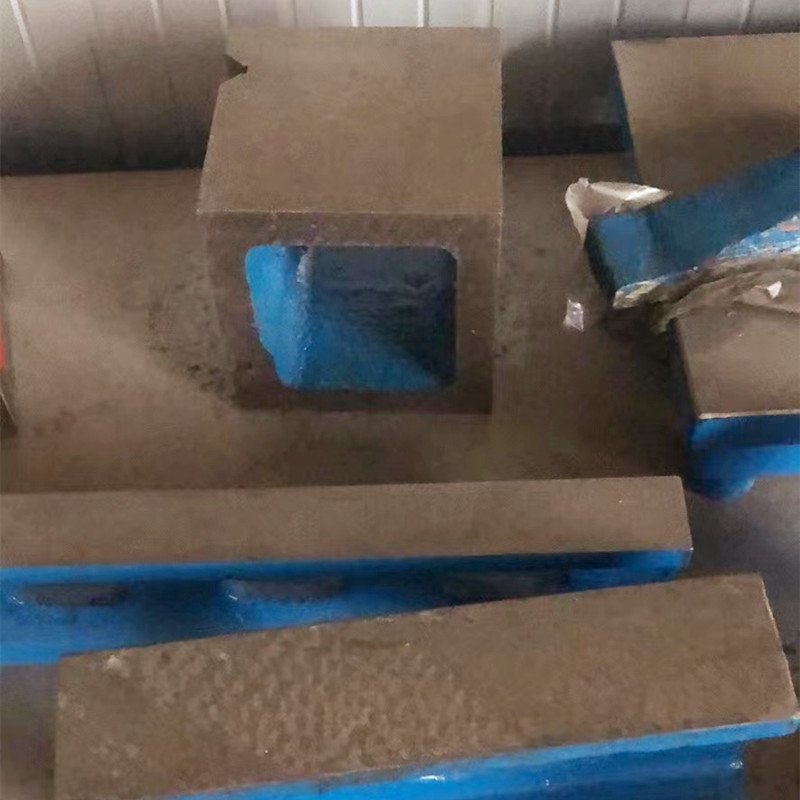Des . 10, 2024 02:51 Back to list
Steps to Properly Open a Water Valve for Efficient Flow
How to Open a Water Valve A Step-by-Step Guide
Opening a water valve may seem like a straightforward task, but understanding the type of valve you’re dealing with and the surrounding plumbing system is essential for effective operation. Whether you’re dealing with a main water shut-off valve or a valve connected to a fixture, knowing how to properly open it can save you time and frustration. This guide outlines the key steps to open a water valve safely and efficiently.
Understanding Different Types of Valves
Before we delve into the steps for opening a water valve, it is crucial to recognize the common types of water valves you might encounter in a plumbing system
1. Gate Valve This type of valve is used to start or stop the flow of water. It usually has a round wheel for operation. To open it, you need to turn the handle counterclockwise, which raises a gate inside the valve, allowing water to flow.
2. Ball Valve Characterized by a spherical disc that controls flow, ball valves are known for their durability. They usually have a lever handle. To open a ball valve, simply turn the handle a quarter turn (90 degrees) in the direction marked open.
3. Globe Valve Often used for regulating flow, globe valves have a tapered plug that fits into a seat. To open, turn the knob counterclockwise. These valves require more turns than a gate valve to fully open.
4. Butterfly Valve These are used for quick shut-off and have a rotating disc. To open a butterfly valve, turn the handle a quarter turn in the open direction.
5. Check Valve While not typically operated manually, check valves ensure that water flows in one direction only. They automatically open when there is sufficient water pressure.
Step-by-Step Instructions to Open a Water Valve
how to open a water valve

1. Safety First Before attempting to open any water valve, ensure that the area is safe. If you're working in an enclosed space, check for leaks or signs of water damage. Wear gloves if necessary, especially if you’re dealing with old valves, as corrosion might cause sharp edges.
2. Identify the Valve Location Find the specific valve you need to open. If it’s the main water shut-off valve, it’s typically located near where the water line enters your home, often in a basement, crawl space, or utility room. Fixture valves, such as those for sinks and toilets, are usually found close to the fixtures themselves.
3. Gather Necessary Tools Depending on the type of valve, you may need specific tools. For most valves, you can open them by hand. However, for stubborn valves or if you encounter excessive resistance, you may need a wrench or a pair of pliers.
4. Opening the Valve - Gate Valve Grasp the round handle and turn it counterclockwise. If it’s stuck, apply penetrating oil and wait a few minutes before trying again. - Ball Valve Locate the lever and turn it a quarter turn in the open direction. - Globe Valve Turn the knob counterclockwise while applying consistent pressure. It may require multiple turns to fully open. - Butterfly Valve Simply turn the handle a quarter turn to the open position.
5. Check for Leaks After opening the valve, check for any leaks in the pipes or around the valve itself. If you notice any consistent dripping or water flow, you may need to tighten the connections or consider replacing the valve.
6. Monitor Water Flow Once the valve is open and there are no leaks, observe the flow of water. If it doesn’t appear as expected, it may indicate an issue with the valve or the plumbing system.
7. Closing the Valve Should you need to shut off the water again, refer to the same instructions but in reverse. Remember that the main water shut-off valve is typically turned clockwise to close, while fixture valves generally follow the same guidelines.
Conclusion
Opening a water valve is an important skill for homeowners and individuals involved in plumbing maintenance. By familiarizing yourself with the different types of valves and following these steps, you can manage your plumbing system effectively. Always remember to prioritize safety and address any issues promptly to maintain a healthy and functional water system. With practice and knowledge, you can tackle valve operations with confidence, ensuring a smooth flow of water in your home.
-
Why Metric Trapezoidal Thread is Ideal for Precision Motion ControlNewsAug.05,2025
-
The Unique Properties of a Block of Granite for Industrial UseNewsAug.05,2025
-
The Role of Flanged Y Strainers in Preventing Pipeline ClogsNewsAug.05,2025
-
The Importance of Regular Calibration for Master Ring GagesNewsAug.05,2025
-
How a Cast Iron Surface Table Enhances Accuracy in ManufacturingNewsAug.05,2025
-
Comparing Different Check Valve Types for Optimal Flow ControlNewsAug.05,2025
Related PRODUCTS









